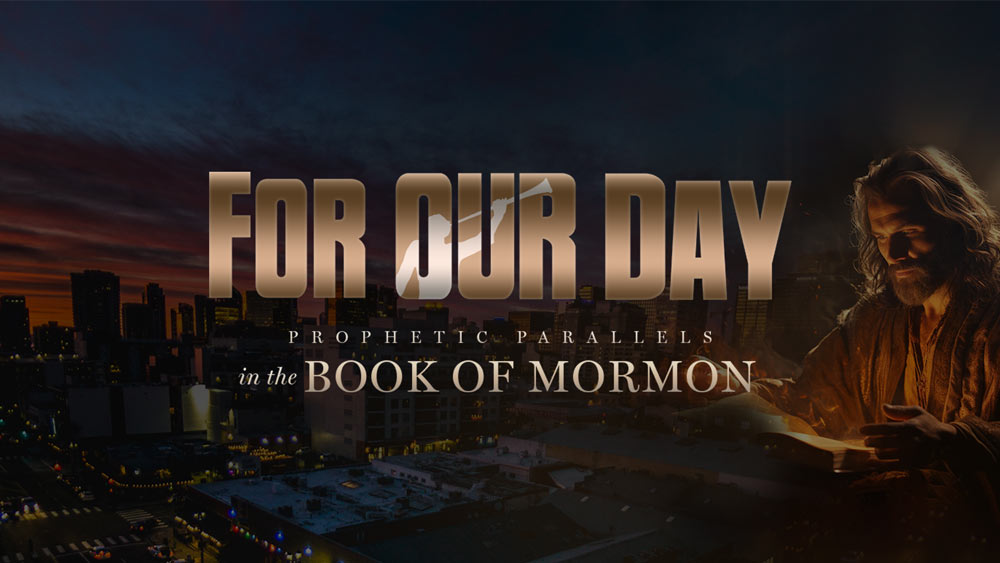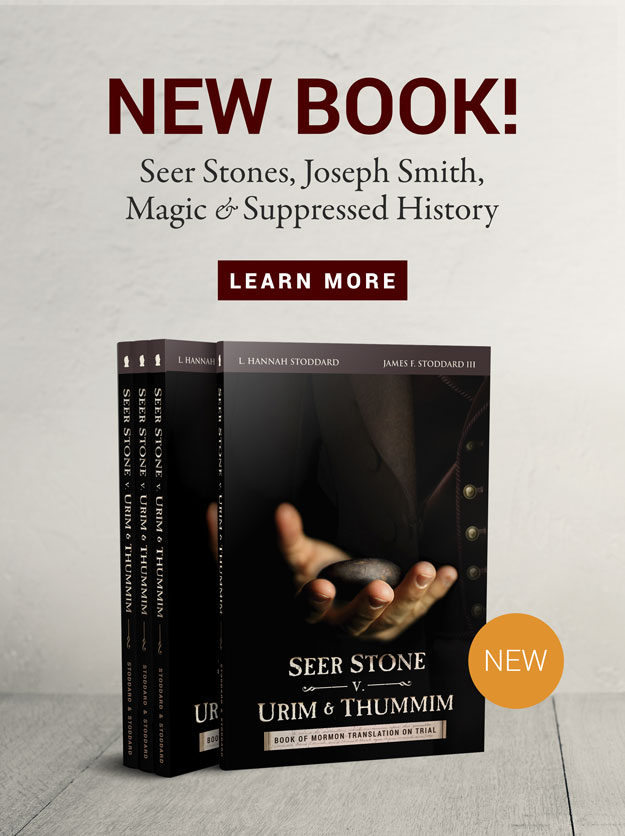Providential Importance in History
The Los Lunas Decalogue Stone is a large boulder on the side of Hidden Mountain, near Los Lunas, New Mexico, about 35 miles south of Albuquerque, that bears a very regular inscription carved into a flat panel. The stone is also known as the Los Lunas Mystery Stone or Commandment Rock. The inscription is interpreted to be an abridged version of the Decalogue or Ten Commandments in a form of Paleo-Hebrew. A letter group resembling the tetragrammaton YHWH, or “Yahweh,” makes four appearances. The stone is controversial in that some claim the inscription is Pre-Columbian, and therefore proof of early Semitic contact with the Americas.

Rod Meldrum Research
The Los Lunas Inscription is an abridged version of the Decalogue or Ten Commandments, carved into the flat face of a large boulder resting on the side of Hidden Mountain, near Los Lunas, New Mexico, about 35 miles south of Albuquerque. The language is Hebrew, and the script is the Old Hebrew alphabet, with a few Greek letters mixed in. See Cline (1982), Deal (1992), Stonebreaker (1982), and/or Underwood (1982) for transcriptions and translation, and Deal (1992) for discussion and photographs of the setting.
George Moorehouse (1985), a professional geologist, indicates that the boulder is of the same basalt as the cap of the mesa. He estimates its weight at 80 to 100 tons, and says it has moved about 2/3 of the distance from the mesa top to the valley floor since it broke off. The inscription is tilted about 40 degrees clockwise from horizontal, indicating that the stone has settled or even moved from its position at the time it was inscribed. (The above photograph was taken with a tilted camera.)
At present the inscription is badly scrubbed and chalked up. However, Professor Frank Hibben of Albuquerque reportedly saw the inscription in 1933, when it was covered with lichens and patination. By one report, it was seen as early as 1871 (Fell 1985, p. 34). Moorehouse compares the surviving weathering on the inscription to that on a modern graffito on the top of the mountain dating itself to 1930. He concludes that the Decalogue inscription is clearly many times older than this graffito, and that 500 to 2000 years would not be an unreasonable estimate of its age.
The inscription uses Greek tau, zeta, delta, and kappa (reversed) in place of their Hebrew counterparts taw, zayin, daleth, and caph, indicating a post-Alexandrian date, despite the archaic form of aleph used. The letters yodh, qoph, and the flat-bottomed shin have a distinctively Samaritan form, suggesting that the inscription may be Samaritan in origin. See Lidzbarski (1902).
Cyrus Gordon (1995) proposes that the Los Lunas Decalogue is in fact a Samaritan mezuzah. The Jewish mezuzah is a tiny scroll placed in a small container mounted by the entrance to a house. The ancient Samaritan mezuzah, on the other hand, was commonly a large stone slab placed by the gateway to a property or synagogue, and bearing an abridged version of the Decalogue. Gordon proposes that the most likely age of the Los Lunas inscription is the Byzantine period. Prosperous Samaritan shipowners were known to live in Greek communities at the time of Theodosius I circa 390 A.D.
Skupin (1989) analyzes the orthographic errors of the Los Lunas text itself, and concludes that it appears to have been written by a person whose primary language was Greek, who had a secondary, but verbal, comprehension of Hebrew. He writes of the inscriber, “He used the consonant [aleph] as if it were a vowel, like the Greek alpha, even though this clashes with the Hebrew orthographic system …. He confounded [qoph] and [caph] as a Philhellene who only knew kappa might do, and was sufficiently removed from Hebrew to be unaware that he had made an irreverent slip thereby. Most amazingly, he ‘heard’ macrons, the drawling long vowels that are structurally and semantically important in Greek … and felt compelled to indicate them even if he was not exactly sure of how it’s done (and rightly so, since in Hebrew they’re insignificant)…. His word order suggests a scriptural tradition related to a Greek version produced in Alexandria, Egypt, as does his spelling; and finally, he gives inordinate prominence to the words ‘brought you out of Egypt.’
“None of this proves anything. Until confirmation comes from another quarter, all we can really do is provide a clearer idea of the stone’s contents for those who are intrigued by it, and give those who reject the inscription’s authenticity … a deeper appreciation of what they have rejected.” 1

Resources
Video
Is this really the Ten Commandments?
External Links
Los Lunas Stone Information by Rod Meldrum
The Los Lunas Decalogue Stone Information and Additional Images







